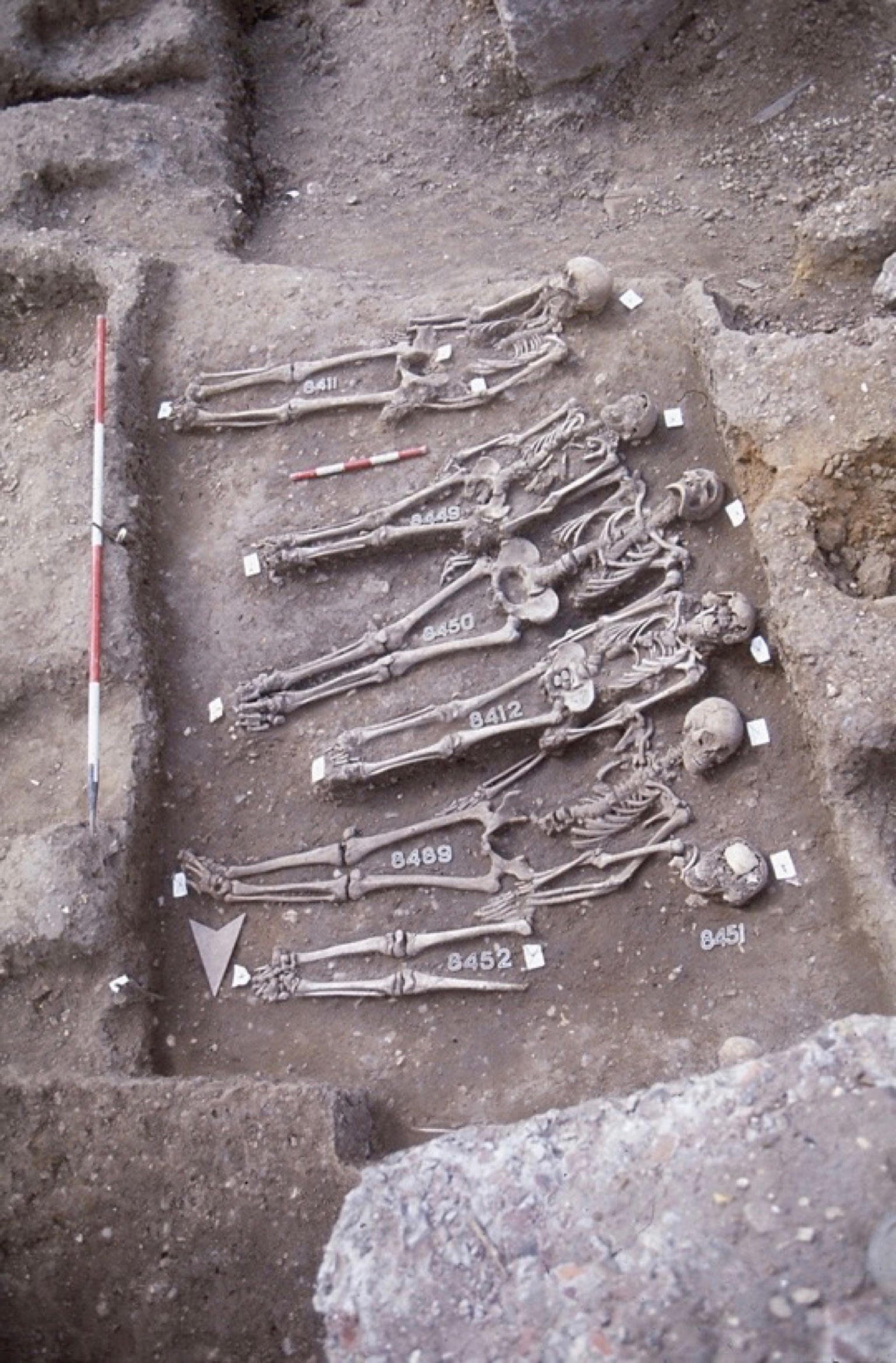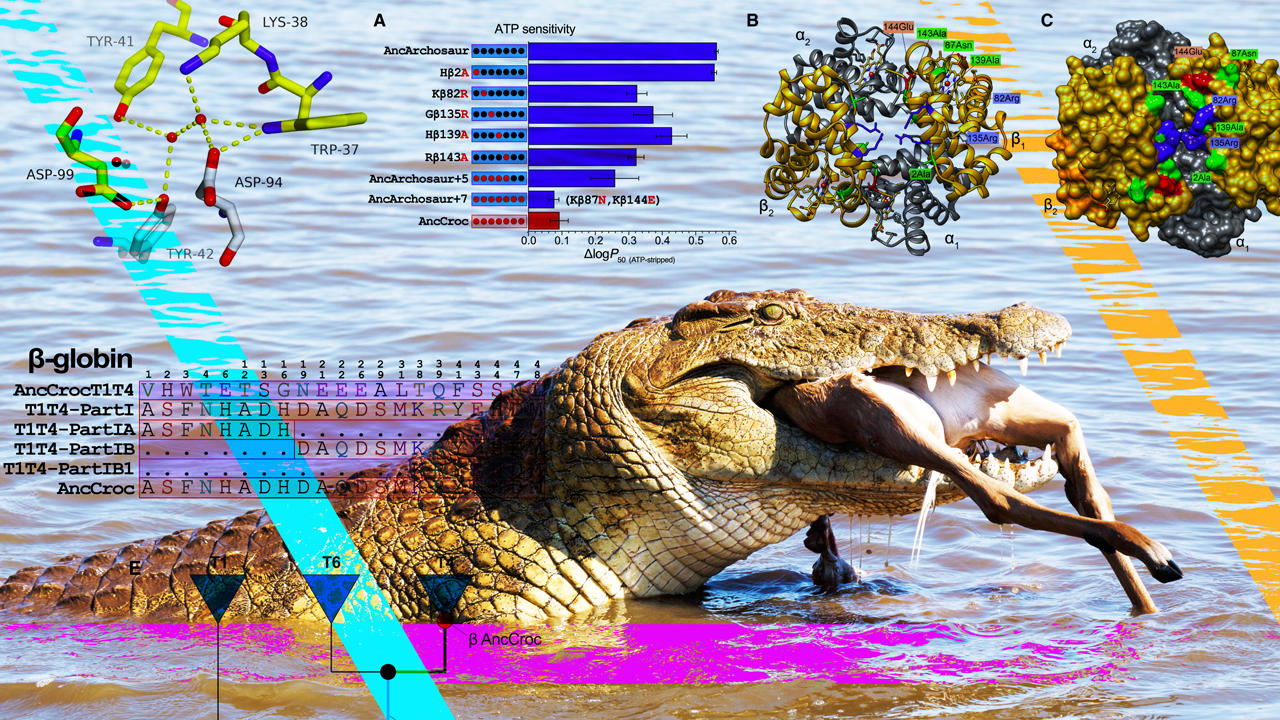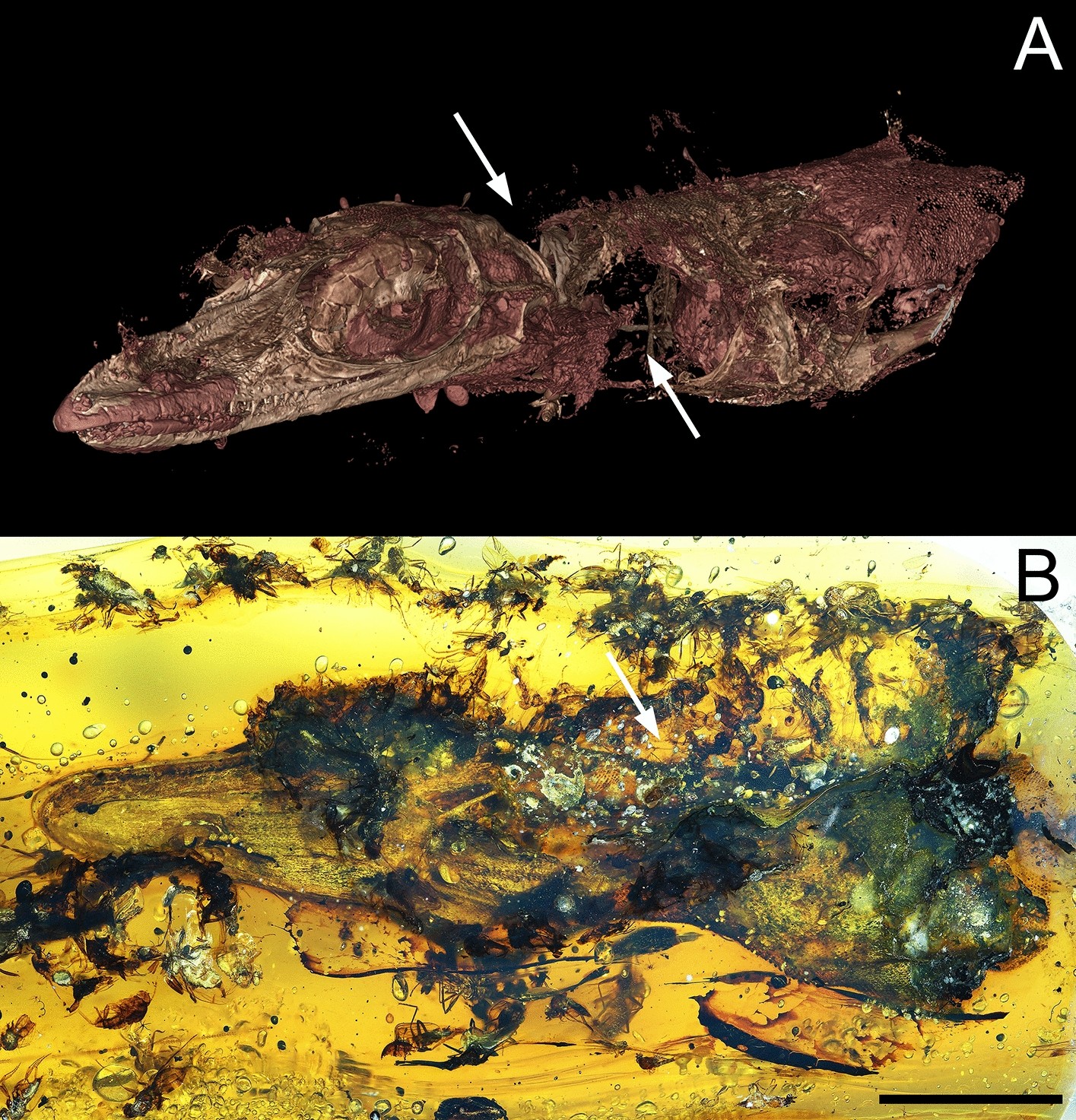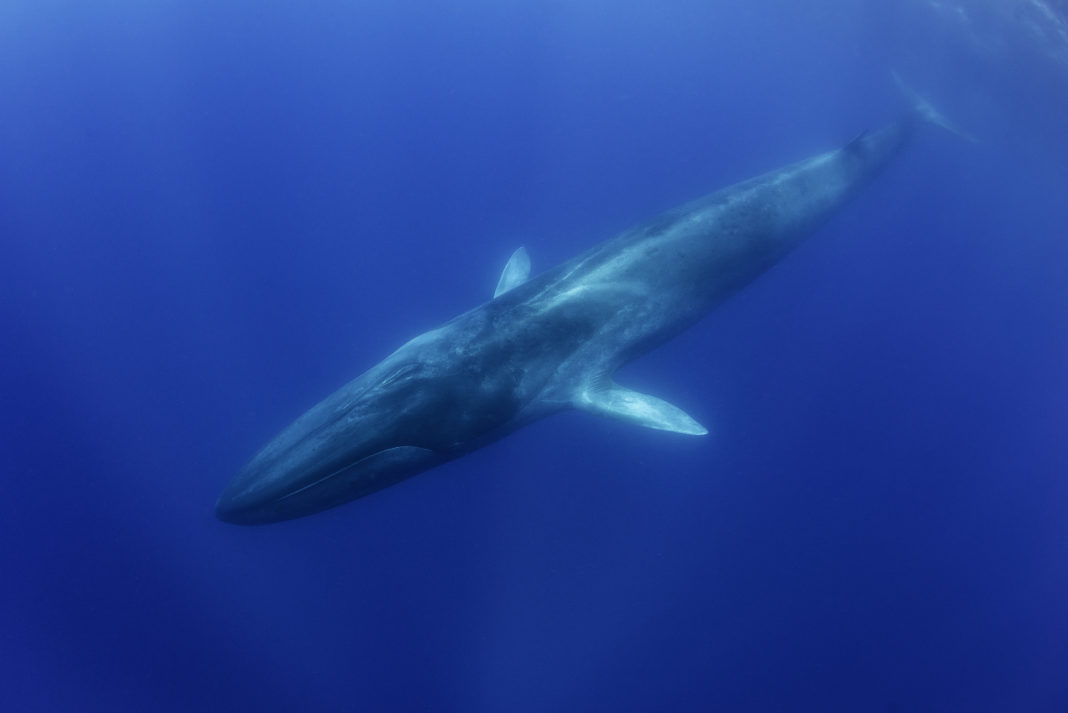New Way for Extracting Thermal Energy From Low-Temperature Waste Heat Sources

Scientists in China have proposed and realized a new concept—barocaloric thermal batteries based on the unique inverse barocaloric effect. With this they can extract thermal energy from low-temperature waste heat sources and reuse it on demand, simply by controlling the pressure
A Chinese research team has developed a new concept for extracting thermal energy from low-temperature waste heat sources and reusing it on demand simply by controlling the pressure.
Heat production accounts for more than 50% of the world’s final energy consumption and analysis of waste heat potential shows that 72% of the world’s primary energy consumption is lost after conversion, mainly in the form of heat. It is also responsible for more than 30% of global greenhouse gas emissions.
Against this background, researchers led by Prof. LI Bing from the Institute of Metal Research of the Chinese Academy of Sciences have proposed and realized a new concept—barocaloric thermal batteries based on the unique inverse barocaloric effect.
The study will be published today (February 17, 2023) in the journal Science Advances.

Barocaloric thermal batteries: Concept and realization. Credit: Institute of Metal Research
An inverse barocaloric effect is characterized by a pressure-induced endothermic response, in sharp contrast to a normal barocaloric effect where pressurization leads to an exothermic response. “A barocaloric thermal battery cycle consists of three steps, including thermal charging upon pressurization, storage with pressure, and thermal discharging upon depressurization,” said Prof. LI, corresponding author of the study.
The barocaloric thermal battery was materialized in ammonium thiocyanate (NH4SCN). Discharge was manifested as the heat of 43 J g-1 or a temperature rise of about 15 K. The heat released was 11 times greater than the mechanical energy input.
To understand the physical origin of the unique inverse barocaloric effect, the working material NH4SCN has been well characterized using synchrotron X-ray and neutron scattering techniques. It undergoes a crystal structural phase transition from a monoclinic to an orthorhombic phase at 363 K, accompanied by a volumetric negative thermal expansion of ~5% and entropy changes of about 128 J kg-1 K-1.
This transition is easily driven by pressure as low as 40 MPa, and it is the first inverse barocaloric system with entropy changes greater than 100 J kg-1K-1. Pressure-dependent neutron scattering and molecular dynamics simulations showed that the transverse vibrations of SCN¯ anions are enhanced by pressure and the hydrogen bonds that form the long-range order are then weakened.
As a result, the system becomes disordered in response to external pressure and thus the material absorbs heat from the environment.
As an emerging solution for manipulating heat, barocaloric thermal batteries are expected to play an active role in a variety of applications such as low-temperature industrial waste heat harvesting and reuse, solid-state refrigeration heat transfer systems, smart grids, and residential heat management.
Reference: “Thermal batteries based on inverse barocaloric effects” 17 February 2023, Science Advances.
DOI: 10.1126/sciadv.add0374
This study was supported by CAS, the Ministry of Science and Technology of China, and the National Natural Science Foundation of China.
Capturing waste heat to turn it back into energy
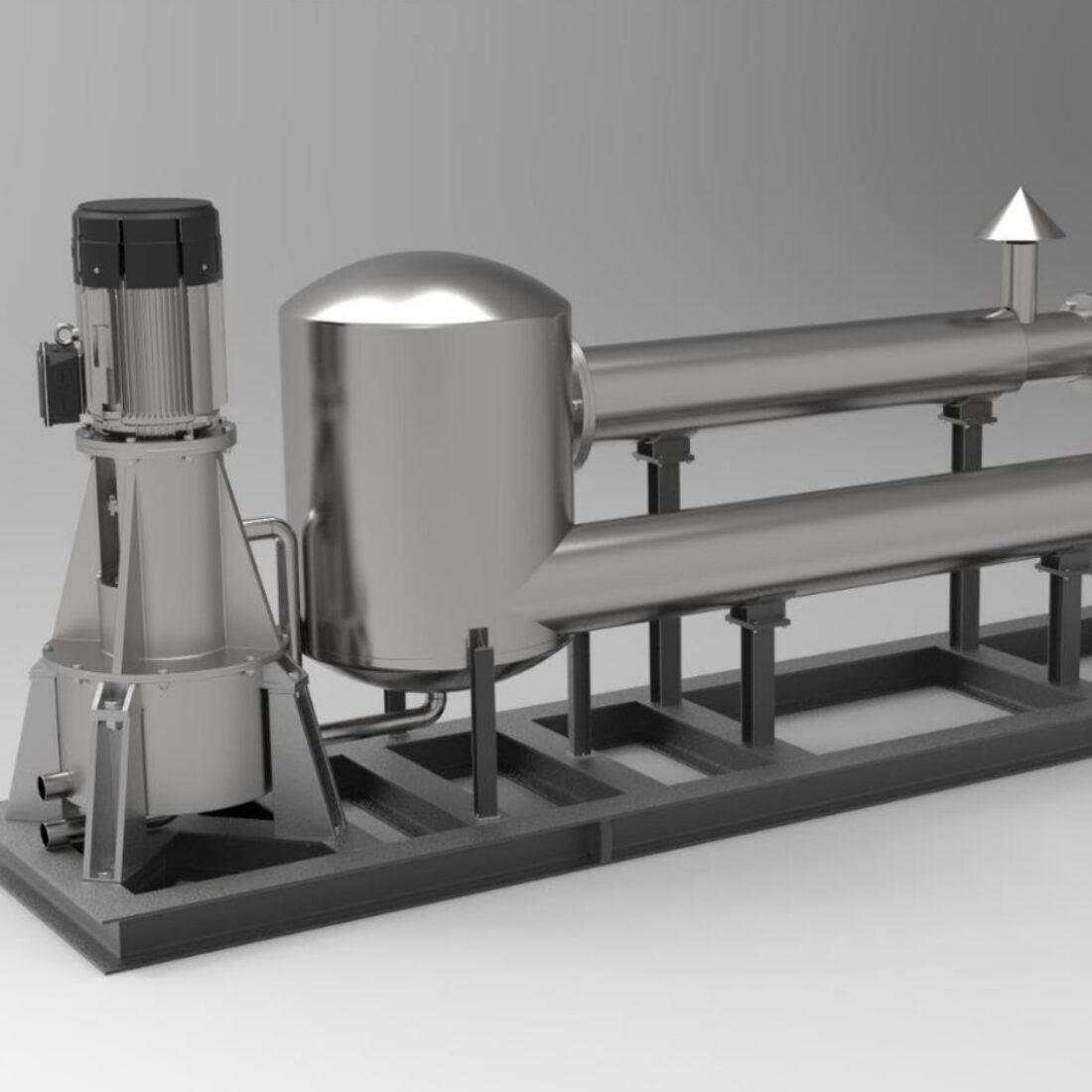
Luminescent’s waste heat engine captures and stores wasted heat from industrial generators.
By Brian Blum
February 19
According to a study from Yale University’s School of the Environment, some 70 percent of all energy produced by humanity is squandered as “waste heat,” much of it a byproduct of running large industrial plants.
Waste heat “is the biggest source of energy on the planet,” says Joseph King, one of the program directors for the US government’s Advanced Research Projects Agency Energy.
Israeli startup Luminescent has developed a technology to capture this waste heat – which is full of climate change-exacerbating CO2 – and turn it into electricity, either to power the facility itself at a lower cost or to be sold back to the electrical grid.
Capturing wasted heat is a known need; Facebook announced a plan in 2020 to channel the waste heat from its center in Odense, Denmark, to warm nearly 7,000 homes, and another Danish endeavor uses heat from a crematorium to heat local homes.
But mainly, the business of heat capture focuses on large facilities with substantial generators, where producing and storing zero-emission electricity is more cost effective.
Luminescent is the first to address the small power generators that comprise most of the market. Its super-efficient waste heat engine will be available by mid-2023 as a pilot, with sales starting in 2025.
Although waste heat released into the air doesn’t have much direct effect on climate change, every bit of waste heat recycled into energy reduces our use of fossil fuels.
One study in the UK found that if some of the country’s biggest power stations were to divert waste heat to warming homes and offices, it could prevent the release of some 10 million tons of CO2 emissions annually.
Kinetic energy
Luminescent’s unique waste heat engine uses a heat-transfer liquid (HTL), which flows in a nozzle where it’s mixed with pressurized air or other gas bubbles.
The liquid has a thousand times more thermal energy density than any gas for a similar volume.
The bubbles expand isothermally (without any change in temperature), thereby accelerating the HTL and converting it into kinetic energy. The kinetic energy operates a generator on top of the engine shaft.
The bottom line: Luminescent says its isothermal process reduces the size and doubles the efficiency of an engine compared to other operations, while providing up to 70% more power than existing setups.
The Luminescent system can store the resulting energy for up to 20 hours.
Having recently raised a $7 million seed funding round led by Grove Ventures, the company is targeting industrial operations in the United States, Europe, Japan, China and South Korea.
Zero-emission energy

The Tel Aviv-based company was cofounded by Doron Tamir, a former executive at the solar energy firm Solex Renewable, and Prof. Carmel Rotschild of the mechanical engineering department at the Technion, who invented the isothermal process used by Luminescent.
Tamir tells ISRAEL21c that after a decade in the solar industry, “I came to the conclusion that solar energy with batteries is important, but if you want to be serious about energy transition, it’s part of the solution but not the solution.”
Since waste heat is a necessary byproduct of heat engines, the efficiency of power plants and large industrial factories is limited, and they must therefore burn more fuel to achieve their desired energy output.
Once Tamir identified waste heat as perhaps the biggest piece of the climate change puzzle, he realized that “we have the potential to generate hundreds of gigawatts of zero-emission energy. But today almost no one uses it. All heat engines are very inefficient and expensive if they’re under 10 megawatts,” enough to power 300 homes.

Working with an industrial plant using any source of energy – gas, coal or solar – Luminescent’s system “can give electricity back at a very low cost.”
Tamir gives the example of the US gas pipeline that runs from the east to west coasts. “They have 25 gigawatt small turbines that operate a compressor. The efficiency is as low as 24%. We can take that 24% and turn it into 41%.”
That may not sound like a huge jump, but Tamir points out that, “just from this market in the US, we could generate the entire capacity of electrical demand in Israel, all with zero emissions.”
Gearing up for sales
Luminescent will build its first engines in Israel with partnerships outside the Middle East anticipated as the company begins signing up international customers.
Tamir is looking at a $1,500 price point per engine with the number going down as the company scales.
And while waste energy is the target, that’s just the starting point. “Waste heat that can work for decades is a big one. But renewable storage could also be an endless market. Data center cooling, geothermal energy production – these can all be endless markets,” Tamir tells ISRAEL21c.
As the Yale study noted, “Waste heat is a problem of a thousand cuts, requiring a mass of innovations to tackle different slices of the problem.”
To learn more about capturing waste heat the Israeli way, visit the Luminescent website.
